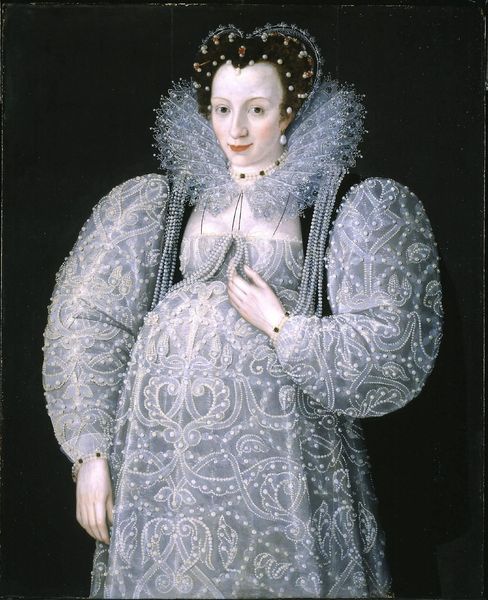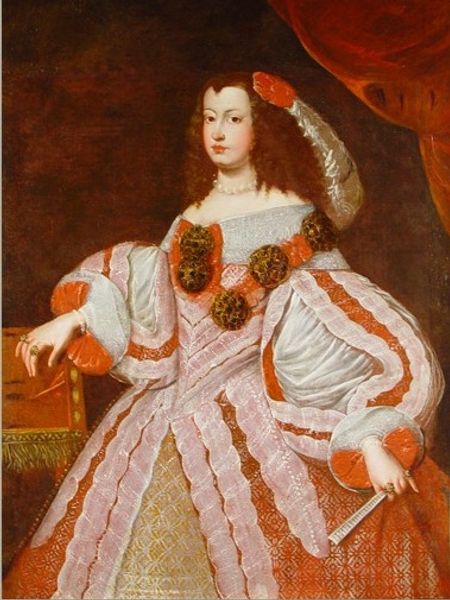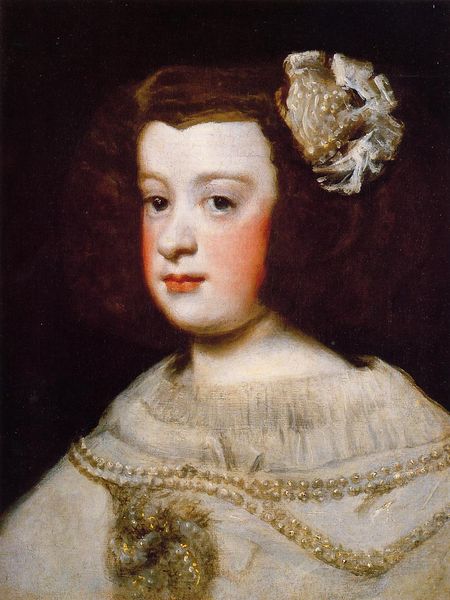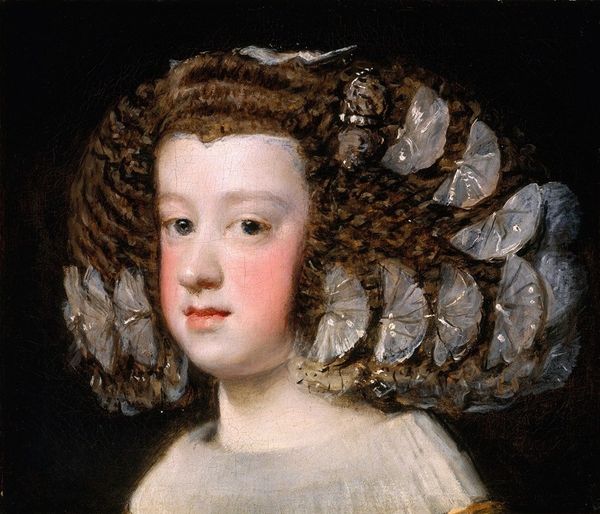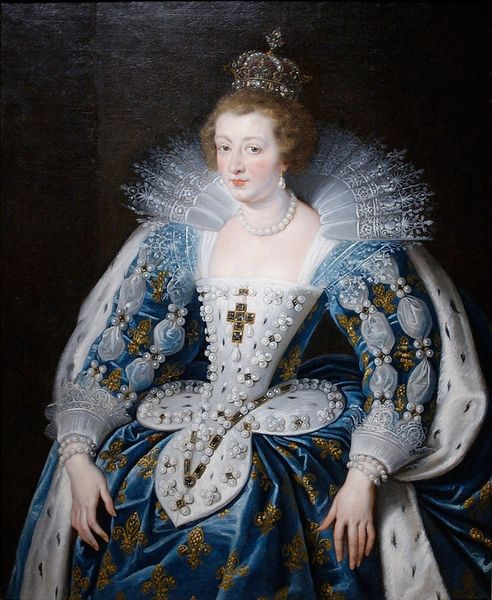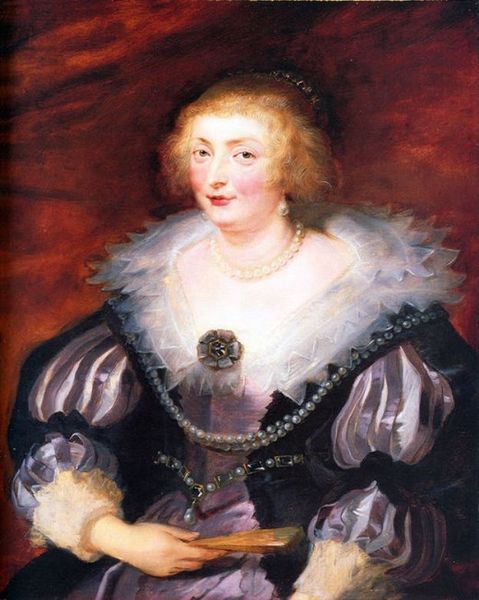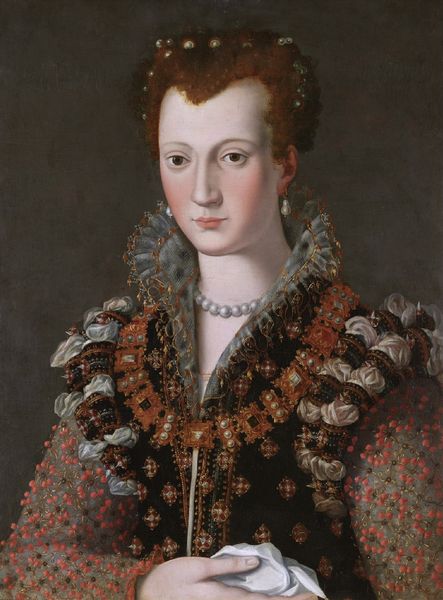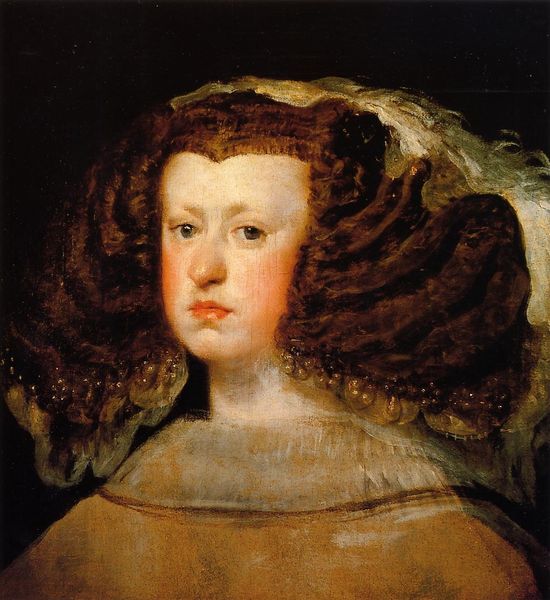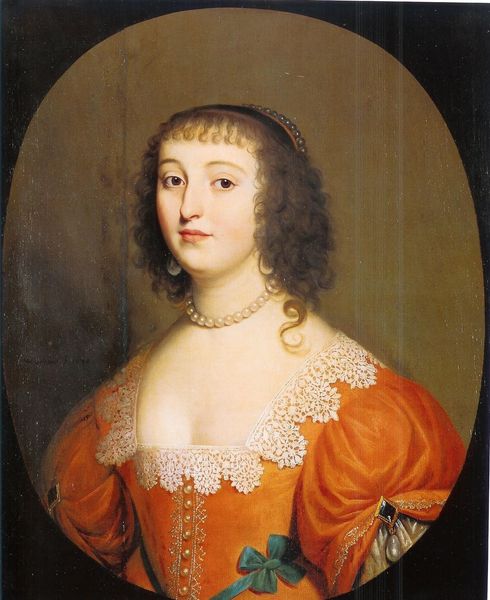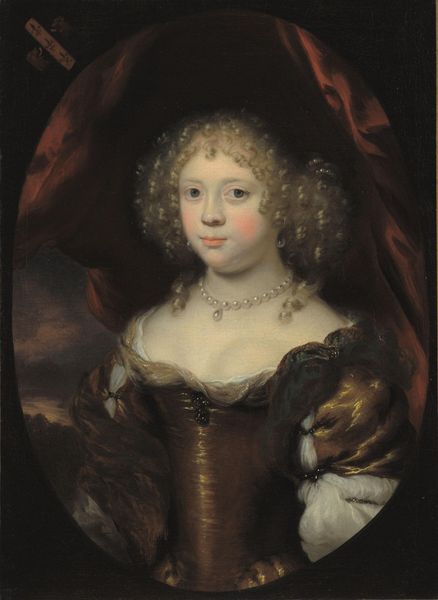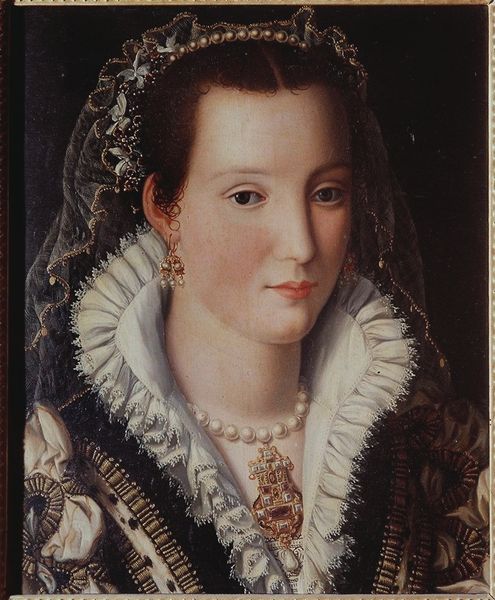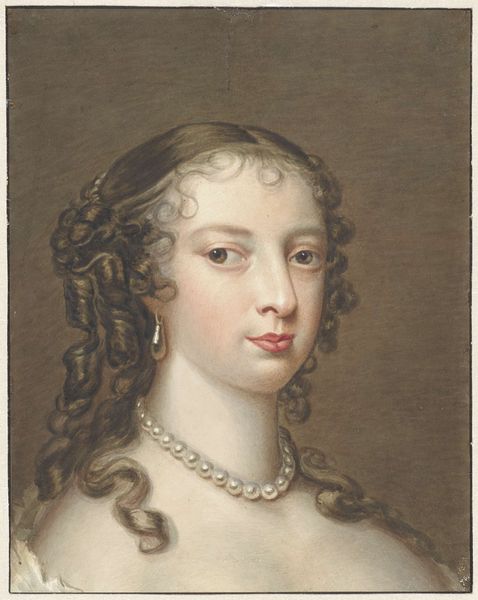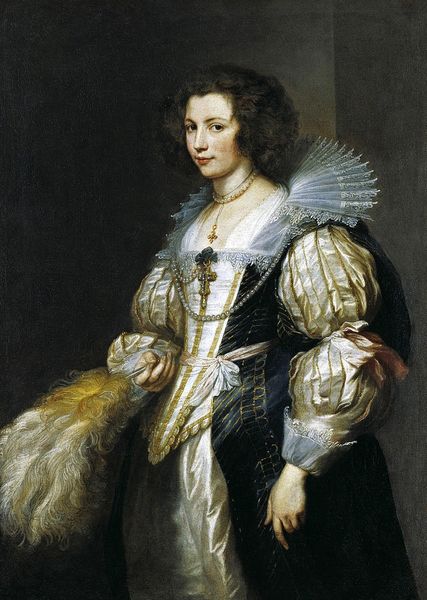
Portrait of Mariana of Austria, Queen of Spain 1657
0:00
0:00
diegovelazquez
Thyssen-Bornemisza Museum, Madrid, Spain
oil-paint
#
portrait
#
baroque
#
oil-paint
#
oil painting
#
history-painting
Dimensions: 66 x 56 cm
Copyright: Public domain
Curator: Diego Velázquez painted this striking portrait of Mariana of Austria, Queen of Spain, around 1657. It’s a captivating work held at the Thyssen-Bornemisza Museum in Madrid. Editor: My immediate impression is one of constraint. She looks like a beautifully dressed doll, almost trapped within the fabric and the gravity of her position. Curator: It’s a formal state portrait, meant to project power and legitimacy. Mariana was Regent during the minority of her son, Charles II, so the image served a clear political purpose, emphasizing continuity and strength. Editor: But even that stiffness feels incredibly considered. Look at the oil paint, thinly applied in layers, creating subtle textures that mimic the opulent fabrics and heavy ornamentation. You can see how Velázquez used material means to create status. It makes you consider all of the craftspeople involved. Curator: Precisely! Velázquez was a master of conveying social standing through meticulous detail. And there is something incredibly poignant in seeing such detail captured through a painting medium that allows you to see the movement of the artist's hand. It emphasizes both royal privilege and the work involved in sustaining such power. Editor: Absolutely. The Queen’s attire, those elaborate sleeves and the almost cage-like hairstyle...it's fascinating to think of the hours, labor and access required for her image, and how a particular lifestyle became materialised through craft and making processes. It also makes me wonder who manufactured her wig, as that clearly contributes to her regality. Curator: It speaks volumes about the society that commissioned and consumed these kinds of images. Courtly life in Habsburg Spain was performative, with rigid protocols influencing not only behavior but also visual representation. Editor: For me, exploring the materials and production behind the work invites questions about access and labor, moving beyond just the art object. Curator: This work is a testament to the intertwined relationship between art, power, and social dynamics. Editor: A relationship made tangible through the masterful manipulation of materials.
Comments
No comments
Be the first to comment and join the conversation on the ultimate creative platform.
